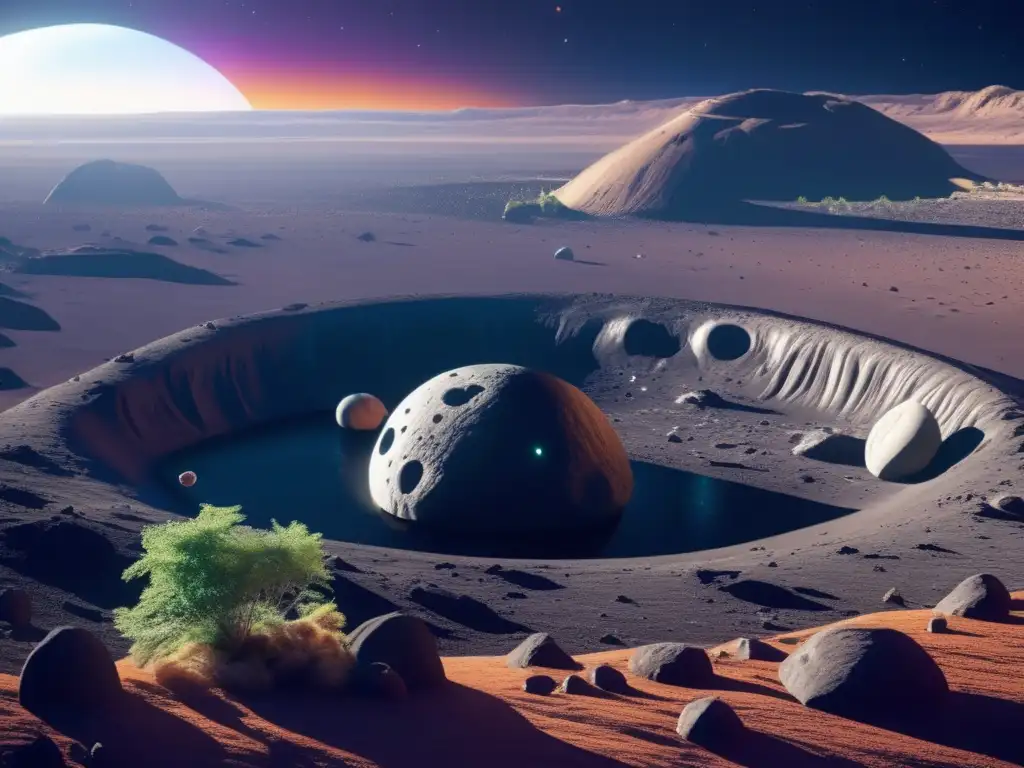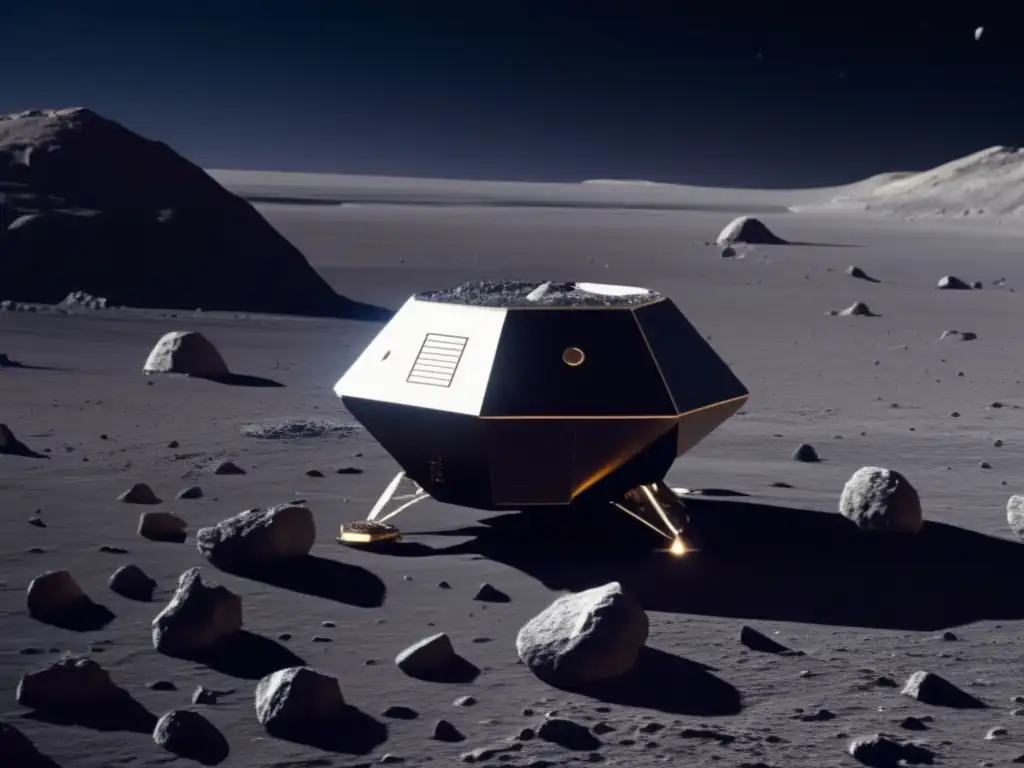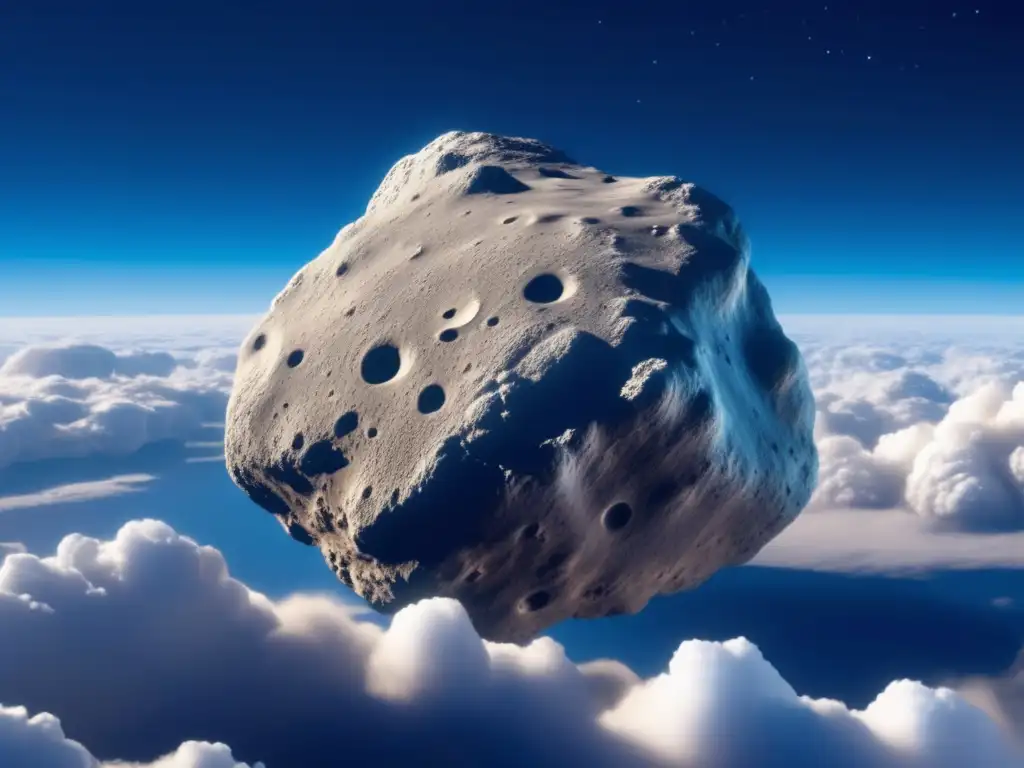Asteroids: The Galactic Greenhouses Of Life

Introduction
Asteroids have long been fascinating to astronomers due to their potential contribution to the origin and evolution of life. Many scientists speculate that asteroids, which are essentially chunks of rock and ice, could be responsible for seeding planets and moons with the building blocks of life, such as amino acids and water.
But did you know that some asteroids could actually serve as "greenhouses" for life? In this article, we'll explore the possibility of asteroids being habitats for extraterrestrial life and what it would mean for our understanding of the universe.
The Possibility of Asteroid Habitats

Conditions on Asteroids
Before we dive into the possibility of asteroid habitats, let's first discuss the conditions on these celestial bodies. Most asteroids are small and airless, lacking any atmosphere or magnetic fields to protect them from harsh radiation and solar winds. These factors make asteroid environments extremely hostile for most forms of life as we know it.
However, there are some exceptions. Researchers have discovered that some asteroids may have subsurface oceans and hydrothermal vents, similar to those found in Earth's oceans. These vents provide heat, minerals, and energy, creating a potential environment for microbial life to thrive.
Asteroids as Habitable Zones
In addition to subsurface oceans, some asteroids may have the right conditions on their surface to support life. For example, the asteroid Ceres has been found to contain water ice on its surface, as well as organic materials and salts.
Furthermore, small asteroids that are closer to the sun than Mars, known as Near-Earth Asteroids (NEAs), experience a process known as thermal cracking. This process creates a warm and moist environment on the asteroid's surface, making it a potential habitat for extremophilic microorganisms that thrive in hot and wet conditions.
These findings suggest that asteroids could indeed be habitats for life. But what would that mean for our understanding of the universe?
The Significance of Asteroid Habitats

Origins of Life
The possibility of asteroid habitats sheds new light on the origins of life in the universe. If life can exist on asteroids, it raises the question of whether life on Earth originated from asteroids that collided with our planet billions of years ago.
This theory, known as panspermia, suggests that the building blocks of life were delivered to Earth by asteroids and comets. While this theory is still debated, the discovery of asteroid habitats could provide more evidence in support of it.
Search for Extraterrestrial Life
The discovery of asteroid habitats also expands the search for extraterrestrial life beyond traditional targets such as exoplanets and moons. With the right conditions, asteroids could be another potential location for finding life in our solar system and beyond.
NASA has already sent several spacecraft to study asteroids, such as the OSIRIS-REx mission to the asteroid Bennu. The knowledge gained from studying these asteroids could help us identify potential habitats for life and target future missions accordingly.
Frequently Asked Questions

-
Could there be complex life on asteroids?
No, the harsh conditions on asteroids make it unlikely for complex organisms to survive. However, they could potentially be habitats for microbial life.
-
What is thermal cracking?
Thermal cracking is a process where sunlight breaks down water molecules on the asteroid's surface, creating a warm and moist environment that may be suitable for extremophilic microorganisms.
-
Why is the discovery of asteroid habitats important?
The discovery of asteroid habitats expands our search for extraterrestrial life and sheds new light on the origins of life in the universe.
-
Have we found evidence of life on asteroids?
No, there is currently no direct evidence of life on asteroids. However, the discovery of subsurface oceans and potential habitats on their surfaces suggest that they may be capable of supporting microbial life.
-
What are some future missions to study asteroids?
NASA's Lucy mission will explore the Trojan asteroids, while the Psyche mission will study the metallic asteroid Psyche. These missions will provide new insights into the composition and potential habitability of asteroids.
Conclusion
Asteroids may seem like barren rocks floating through space, but the discovery of potential habitats on these celestial bodies suggests otherwise. The possibility of asteroid habitats raises intriguing questions about the origins of life in the universe and expands our search for extraterrestrial life.
As we continue to study asteroids and search for signs of life, it's important to remember the potential significance of these discoveries. Who knows what other secrets the universe holds in store for us?
Thank you for reading and feel free to share your thoughts in the comments section below.
Additional Resources

- NASA: Asteroids as Habitable Worlds
- Space.com: Asteroids
- National Geographic: Could Life Exist on an Asteroid?
 The Origins Of Life: Could The Answer Lie In Asteroids?
The Origins Of Life: Could The Answer Lie In Asteroids? Seeds Of Life: How Asteroids Could Be Spreading Life In The Universe
Seeds Of Life: How Asteroids Could Be Spreading Life In The Universe Asteroids: The Cosmic Cradles Of Life?
Asteroids: The Cosmic Cradles Of Life?If you want to discover more articles similar to Asteroids: The Galactic Greenhouses Of Life, you can visit the Asteroids and Extraterrestrial Life category.
Leave a Reply

Articulos relacionados: